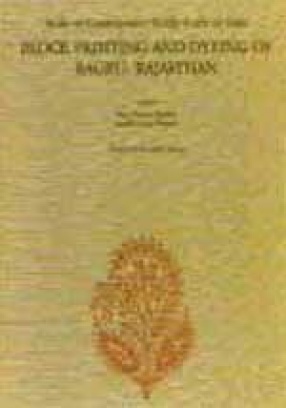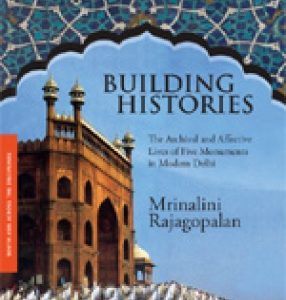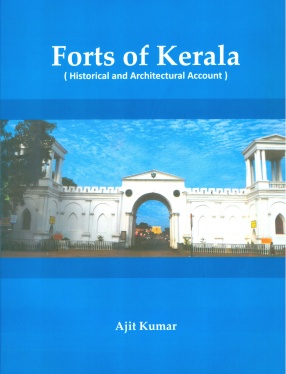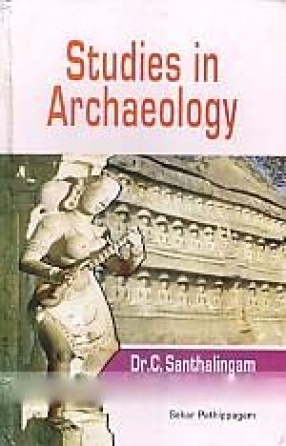The art of handblock printing, dyeing and painting separately or in combination, to produce attractive fabrics of rich colour and patterns is very ancient in India. This art flourished in various places in India with different procedural techniques, ingredients and equipments, producing exclusive fabrics, which are known. The value of a resist, natural dye and natural chemical was appreciated all over India by the calico printers. Reports of foreign travellers, reports on exhibitions of Indian art at different times, Indo-European textile history and reports from English factories in India give copious information about printing, painting and dyeing in various regions of India existing during the 17 century and before. Inspite of the intrusion of mechanical processes, synthetic dyes and chemicals, the art has survived in many regions although not in the past scale. The local artisans and people have continued to keep the art alive. In certain places it has even flourished in recent times with some modifications due to a spurt in the export market. Such fabrics have acquired a position of sophistication for some foreign buyers. Bagru, a small village near Jaipur, is one of those places humming with this art at the present time. Although, as mentioned above, copious information is available about this craft in various reports, monographs and journals, a detailed scientific study of the technique, sequence of processes, ingredients used in the past and present time does not appear to have been made. The present work on Bagru prints has, therefore, been undertaken under the programme of Study of the Contemporary Textile Crafts of India publication set out by the Calico Museum of Textiles. It deals with the technology, sequence of processes, ingredients used, analysis of motifs and uses of fabrics, besides the history and socio-economic aspects of the industry and people involved. The investigation was carried out during the years 1976-78. Photographs, line sketch illustrations and sample swatches are given to bring the reader as close to the art as possible. The terms used for various processes, materials, finished products and trade names are as locally prevalent. The correct Hindi equivalent is indicated where necessary. Diacritical marks are given only in the index and not in the text to keep the text clear. Almost all the terms have been explained in the text and therefore many of these terms have not been included in the glossary. We express our deep gratitude to the late Dr. Buhler, formerly Director of the Museum fur Volkerkunde, Basle, Switzerland for editing the monograph.
Building Histories: The Archival and Affective Lives of Five Monuments in Modern Delhi
Building Histories offers ...
$67.50
$75.00





There are no reviews yet.